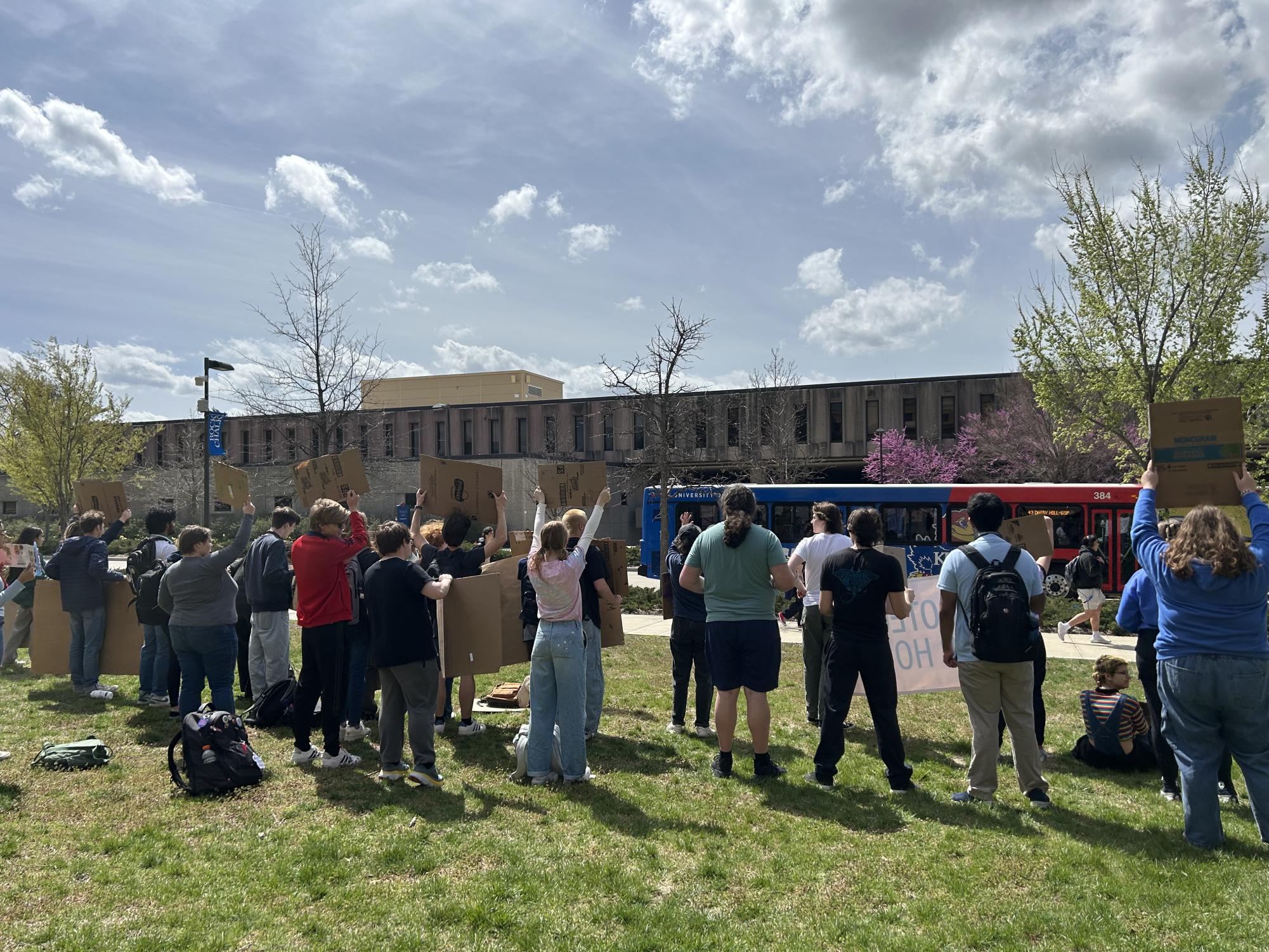Topeka Rescue Mission Elevates the Homeless
Antwaun Jones was 40 years old and caught amidst a separation case with his wife when his house was engulfed in flames in 2013. He subsequently underwent a three-year period of inestimable stress before he discovered the Topeka Rescue Mission.
The Mission is an organization that was established in 1953 to assist the homeless population in Topeka. They do this by elevating individuals from homelessness and imbuing in them the capacity to live better, more stable lives. In 2016 alone, the Mission sheltered 2,142 individuals, all coming from different backgrounds: army veterans, disabled individuals and others going through difficult times in their lives.
Jones joined the Mission in June of 2016. Today, after a year at the Mission, Jones is working at the Mission’s Boutique, a high-end thrift store that sells antiques, nice clothing, utensils, kitchen appliances and artwork at cut prices. Through the Mission’s various services, Jones has been able to find stability after what had been a near-debilitating fallout.
He chose to go to the Mission following a referral by Valeo, a mental and behavioral health care center he had been going to in the three years prior. Here, he was diagnosed with post-traumatic stress disorder, bipolar disorder and insomnia. Over the course of those three years, living in his truck, addicted to drugs and working five jobs to keep himself going. Fortunately, these three stressors didn’t occur all at once.
“It was more of a snowball effect. One after another, the pieces that made my life started falling apart,” said Jones.
At the Mission, he was assigned an advocate. Adhering to his advocate’s advice, he participated in the Servant in Training and Center for Biblical Leadership Development programs, two of the four programs available. The programs at the Mission essentially aim to draw up a plan for each guest’s stay and their success. The other two programs are Dare to Dream and Career Readiness and Education.
The SIT program, a one-year commitment, requires admitted residents to commit 20 to 40 hours per week to work certain jobs at the Mission in return for free accommodation. These accommodations include a clean, safe housing in shared rooms on the premises and warm meals daily.
SIT participants are also required to attend a Bible study and some form of church. At the end of SIT, residents receive a work certificate. Jones also opted to participate in CBLD, a program that teaches religious studies, fulfilling the requirement of the SIT.
He worked on the front desk security detail for the first eight months before working at the distribution center for three weeks. The distribution center is the where all donations such as non-perishable food, clothes, blankets and furniture end up. This is also where the donations that are distributed to the Mission’s thrift stores come from.
It was at the distribution center that he was offered a job at the Boutique. There Jones works in uploading donations mowing the grounds and be a general second set of helping hands around the Boutique. There are many others like Jones who continue to seek the services of the Mission. While Jones had his advocate to guide him, the Mission is gradually doing away with the advocate system by introducing the Dare to Dream project instead. It is essentially a more challenging program that intends to bring those who use the Mission’s services out of their comfort zone.
This is deemed necessary, as some guests of the Mission experience a cycle of using the Mission’s lodging and falling off the wagon. Jones thinks that this program will motivate guests to move away from the status quo of homelessness and despair.
“Change is uncomfortable. People need to stop being comfortable in the situation they are put in if they want to change their situation,” Jones said.
Jones hoped the Mission would improve in holding its guests accountable for their actions, and pushing its guest to achieve more to break the cycle. In some ways, Dare to Dream is doing that. The CaRE program is similar to Dare to Dream but more career oriented, and intends to rehabilitate guests into society and to make them career ready.
The Mission helps its guests, but much of its success would be impossible without the generous donations from individuals and businesses, as well as volunteers.
According to Jenny Falk, volunteer services coordinator, the Mission received help from 1,650 volunteers in 2016, help that amounts to a substantial 52,540 hours. At Kansas’s minimum wage ($7.25), these hours would have cost $3,80,915.
Falk says that anyone can volunteer at the Mission. Interested individuals can schedule a tour of the Mission staff, and the organization will assign them to a station according to their skills and interests. Volunteering ranges from preparing and serving meals to guests, maintenance of the grounds and tending to/mentoring guests.
The Mission has played a massive role in restoring security to Jones’ and many other homeless person’s lives. The organization endeavors to continue their work in improving the Topeka community one day at a time.
To learn more about Topeka Rescue Mission, follow this link: http://trmonline.org/
Your donation will support the student journalists of Washburn University. Your contribution will allow us to purchase equipment and cover our annual website hosting costs.













